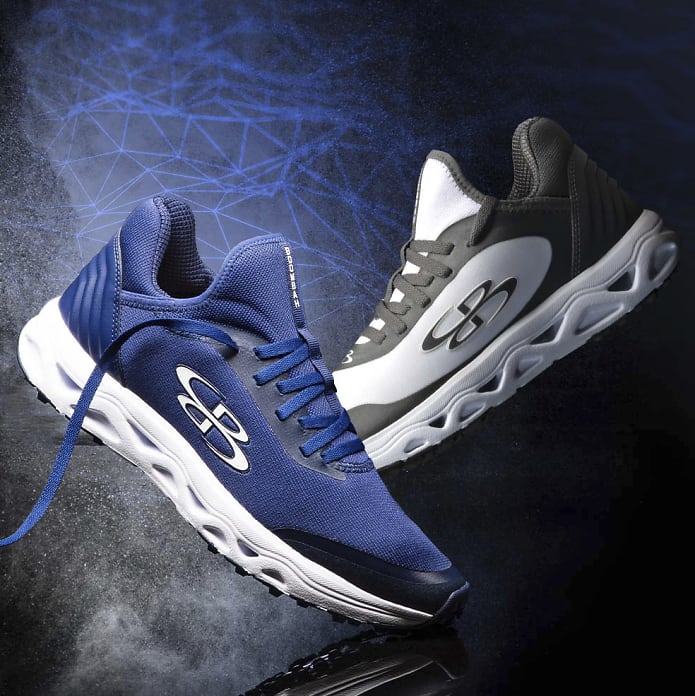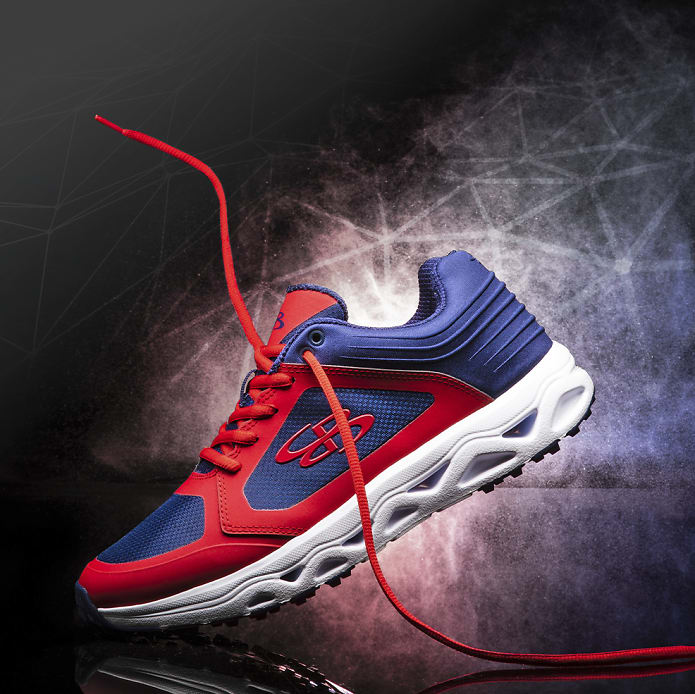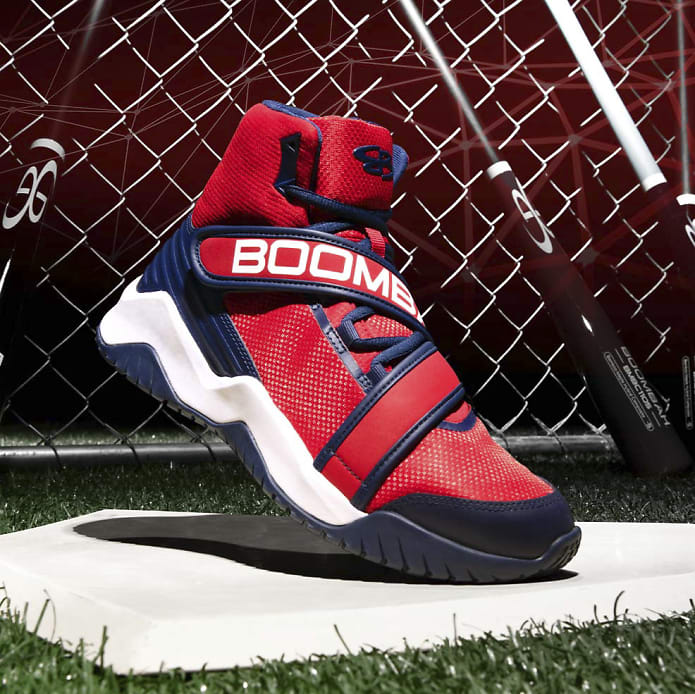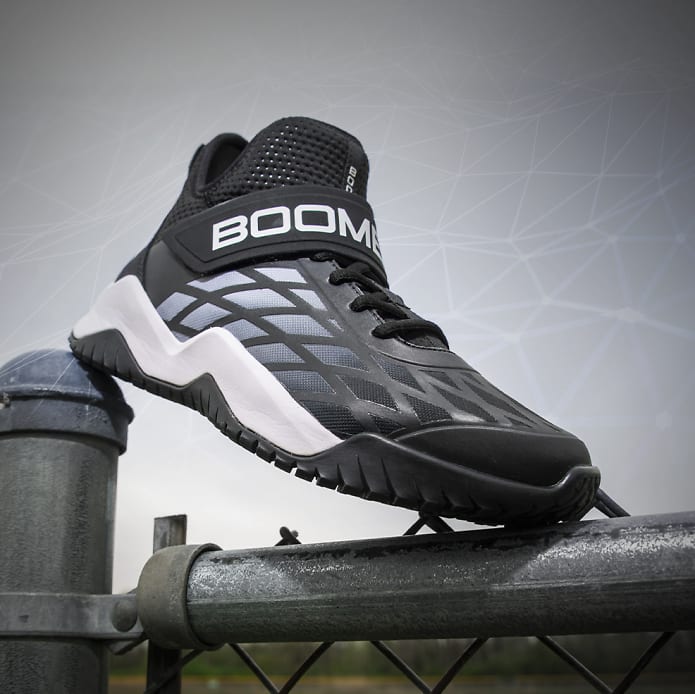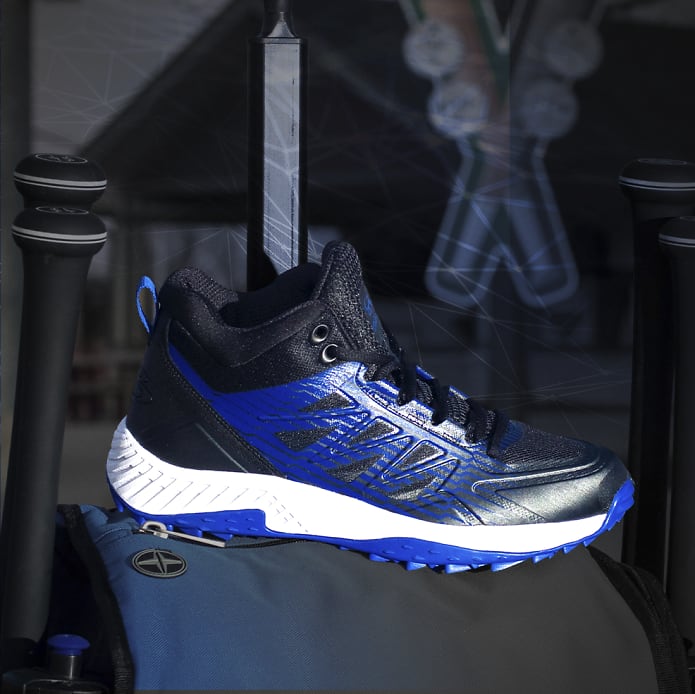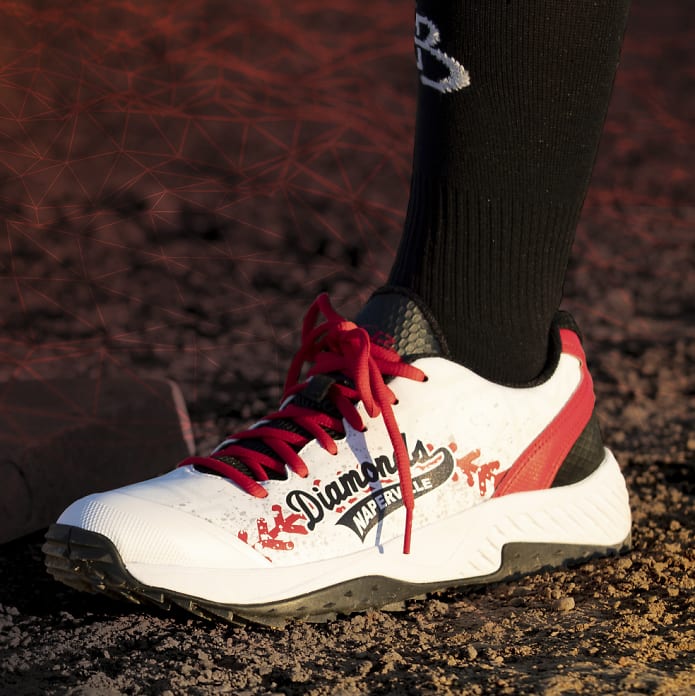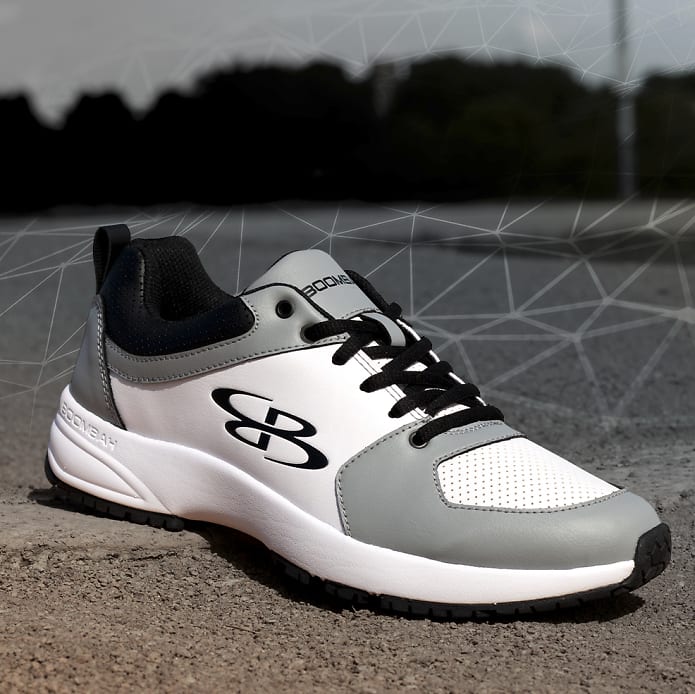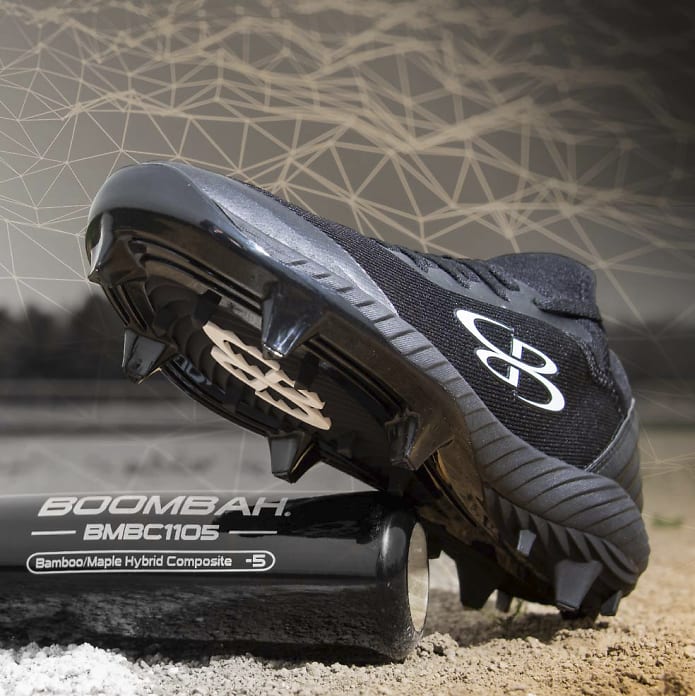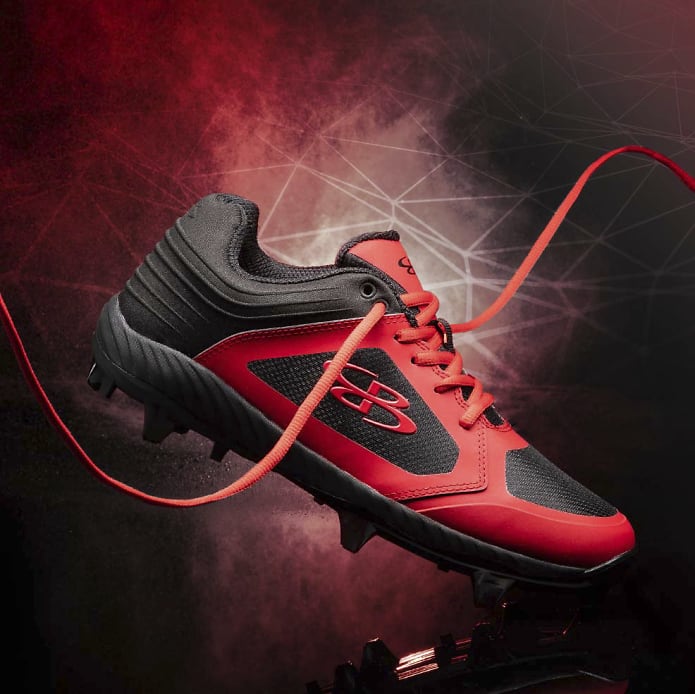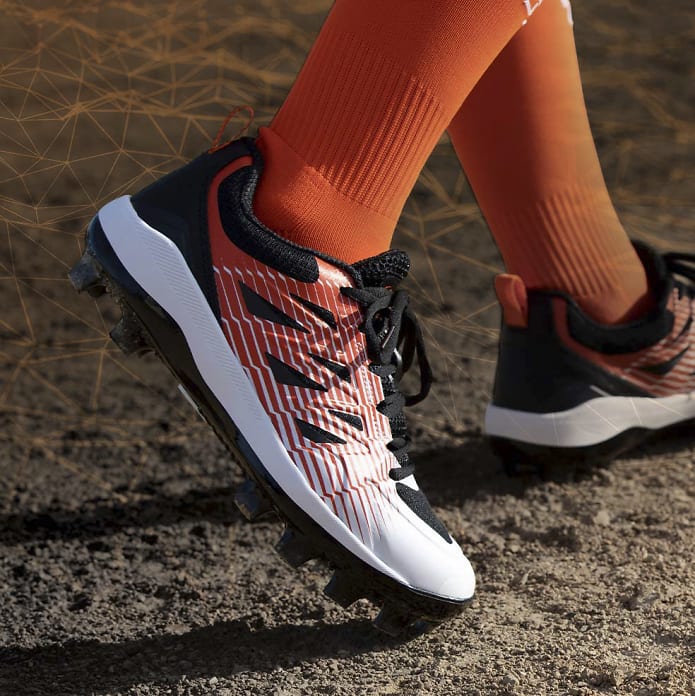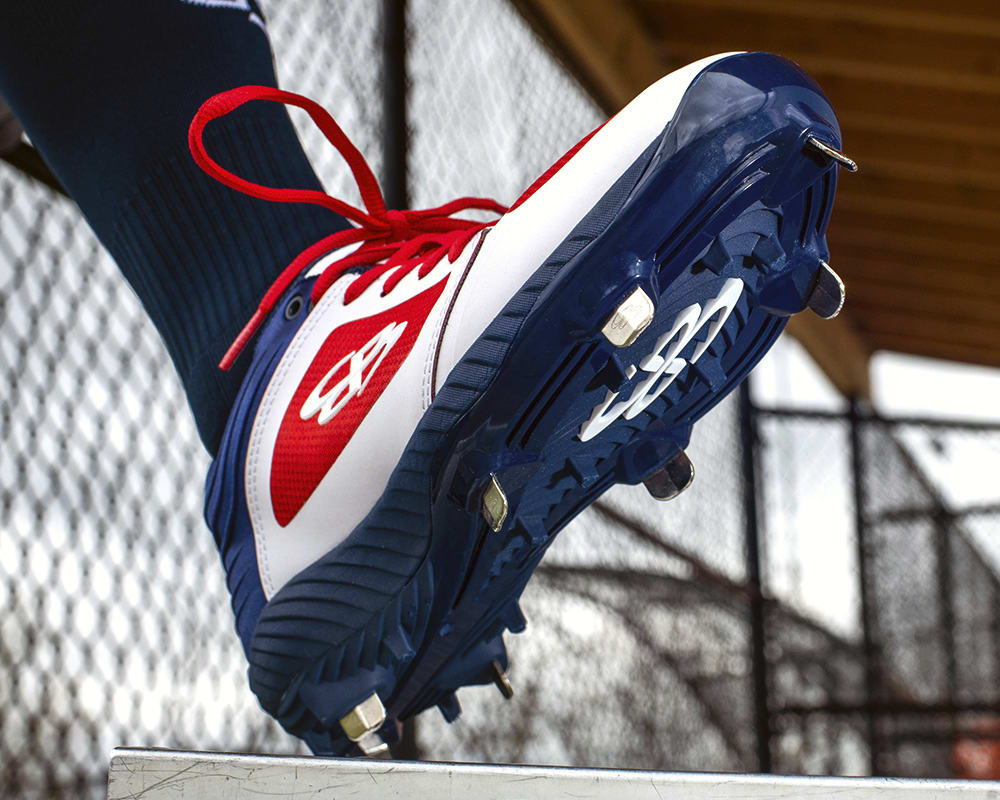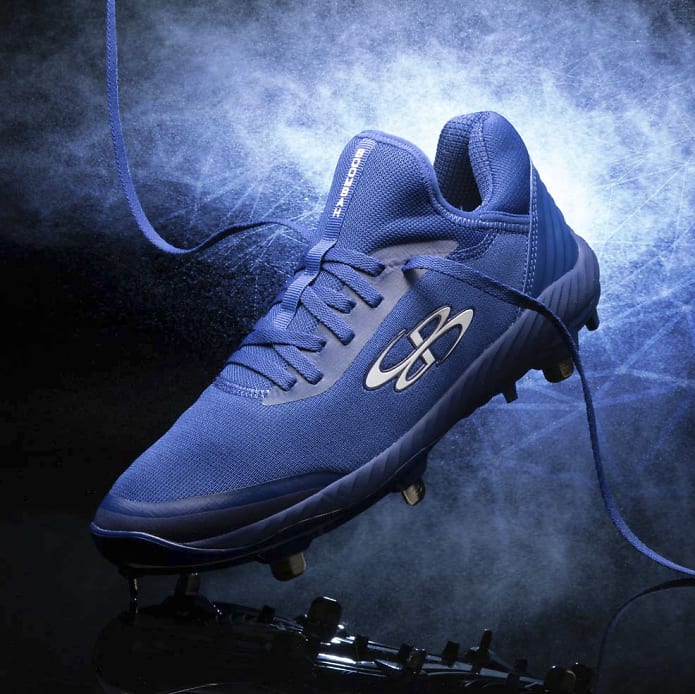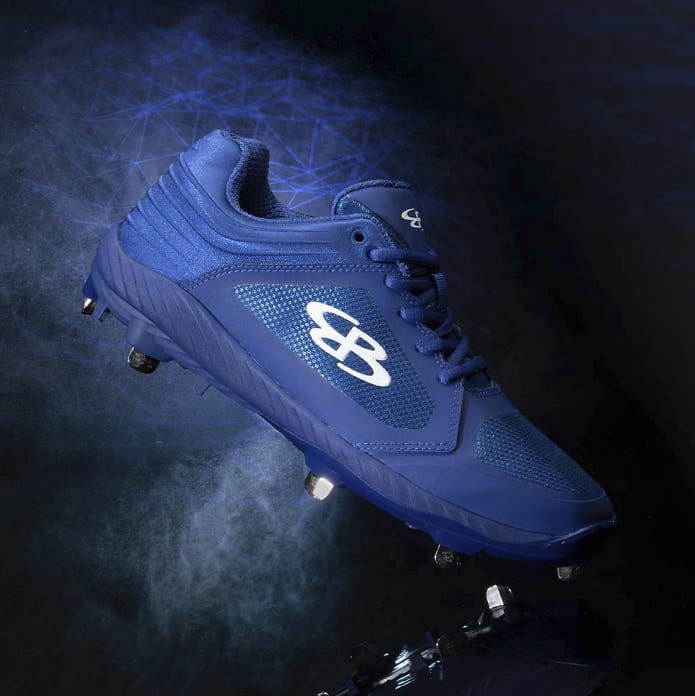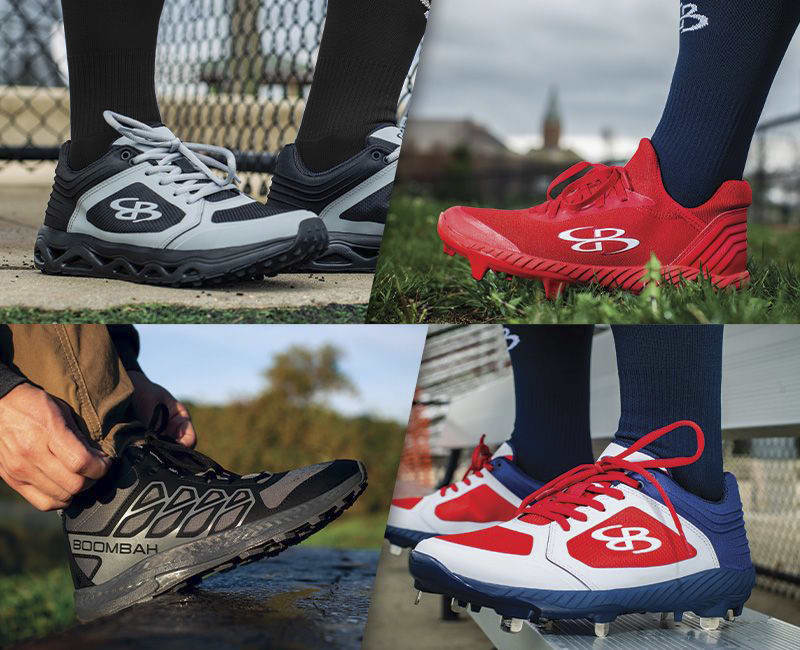
How to Choose the Proper Footwear for Baseball or Softball
Turf Shoes vs. Molded Cleats vs. Metal Cleats vs. Trail Running Shoes
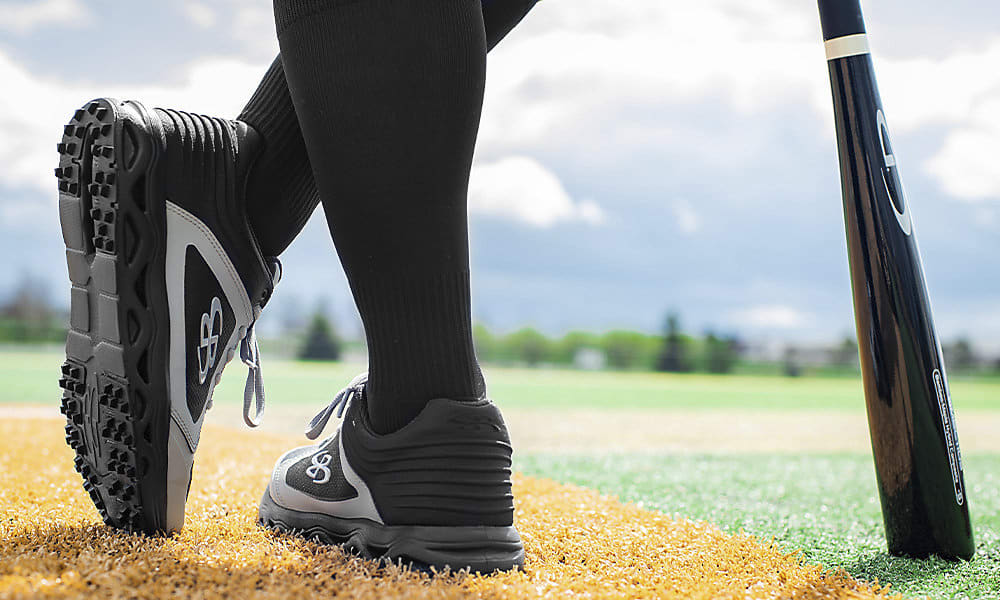
Turf Shoes
Shop Turf Shoes
Ballistic
Features a supportive TPU cage that provides lockdown support, and a breathable and durable synthetic weave.
Juggernaut
Lightweight, high-performance boot designed to give premium support to big hitters on the diamond.
Challenger
Features a synthentic mesh upper for breathability and a tpu cage for support and protection where you need it.
Dart
Made with a high quality synthetic upper that keeps you locked down and comfortable, while being water resistant.
Diamond
Built with the comfort of an everyday sneaker and the high performance you expect from a turf on the field.

Molded Cleats
Shop Molded Cleats
Ballistic
Features a supportive TPU cage that provides lockdown support, and a breathable and durable synthetic weave.
Challenger
Features a synthentic mesh upper for breathability and a tpu cage for support and protection where you need it.
Dart
Made with a high quality synthetic upper that keeps you locked down and comfortable, while being water resistant.
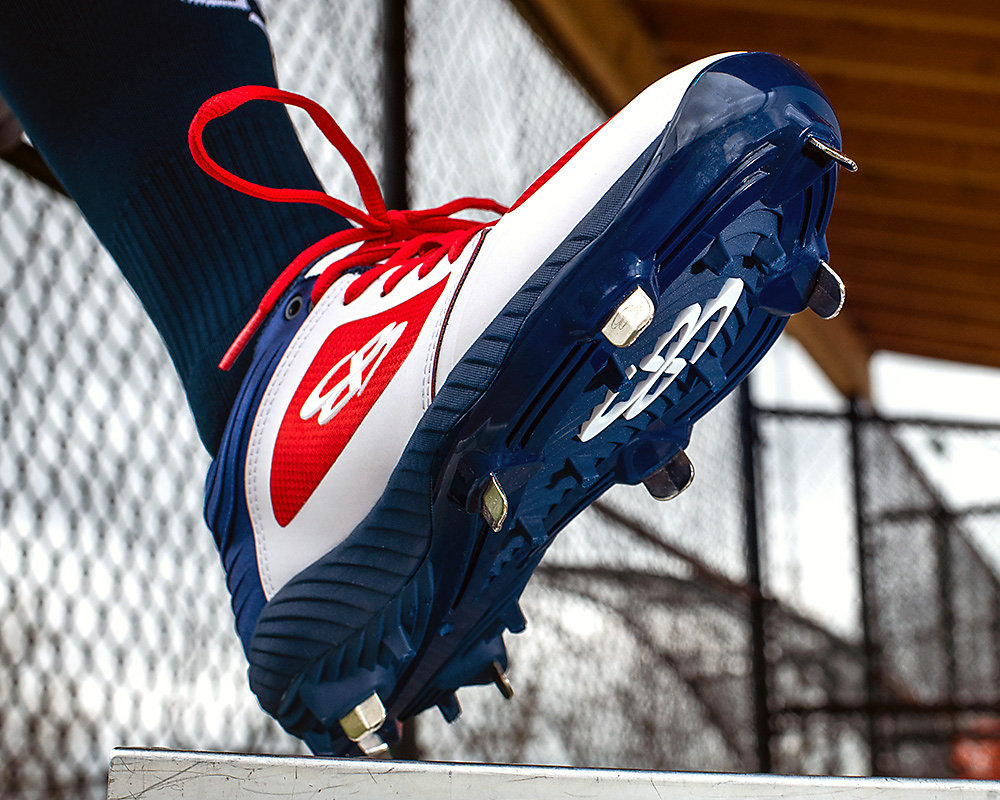
Metal Cleats
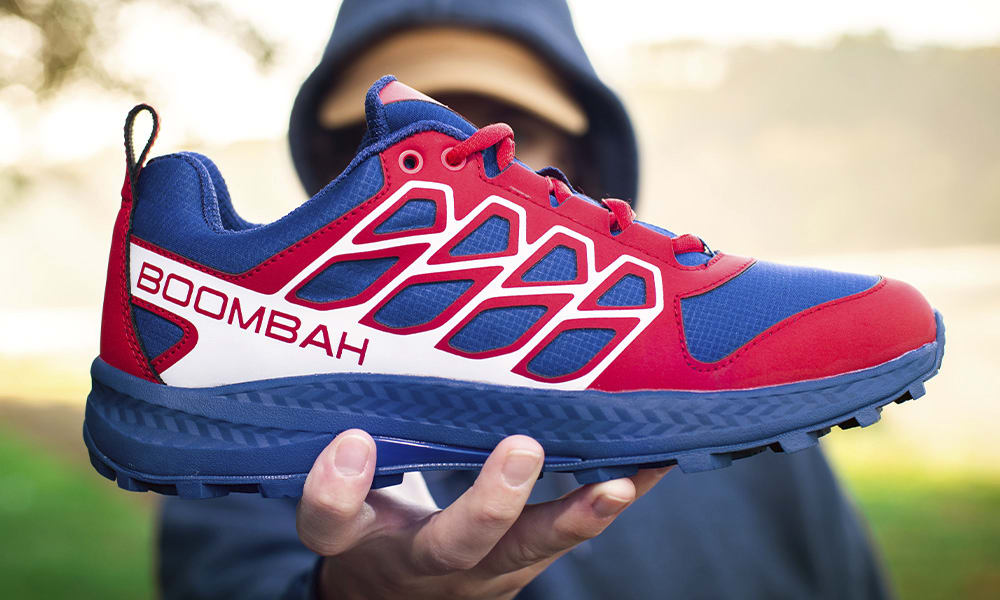
Trail Running Shoes
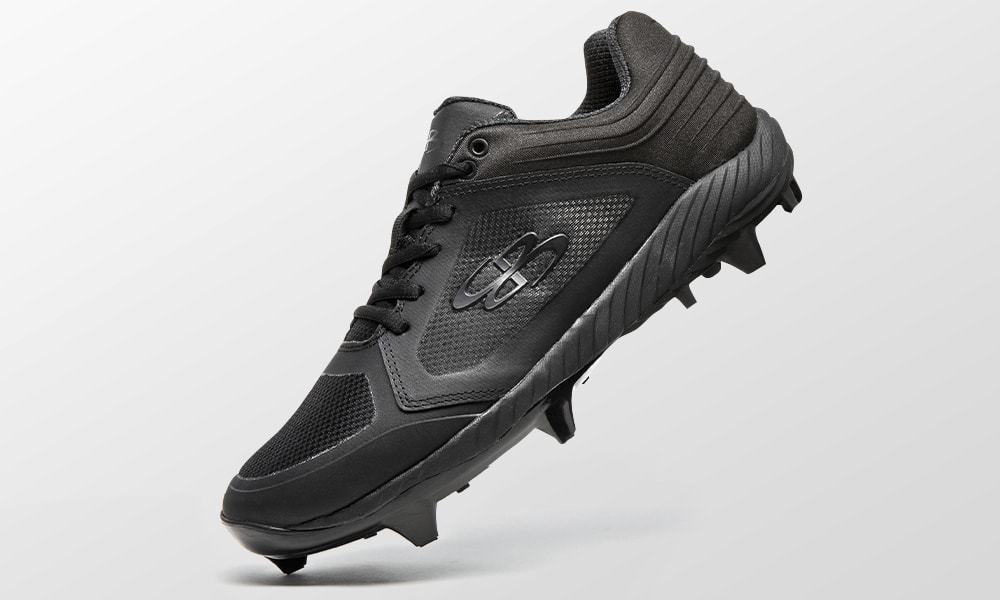
Low
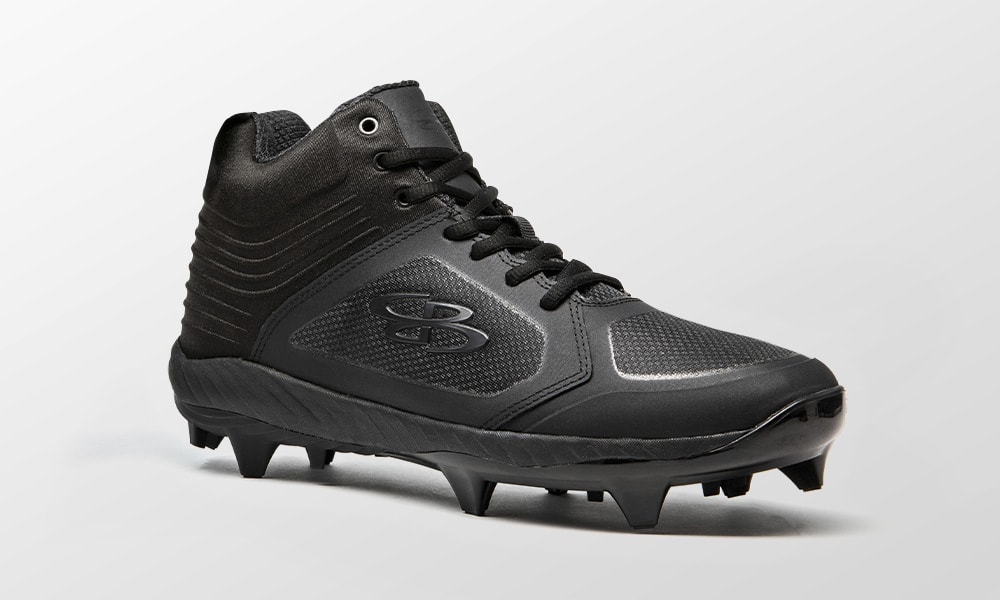
Mid

